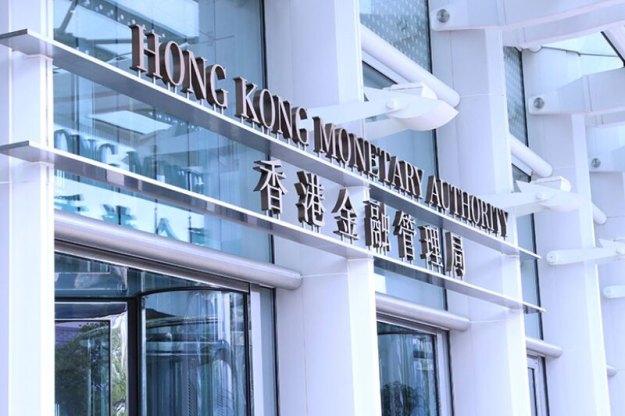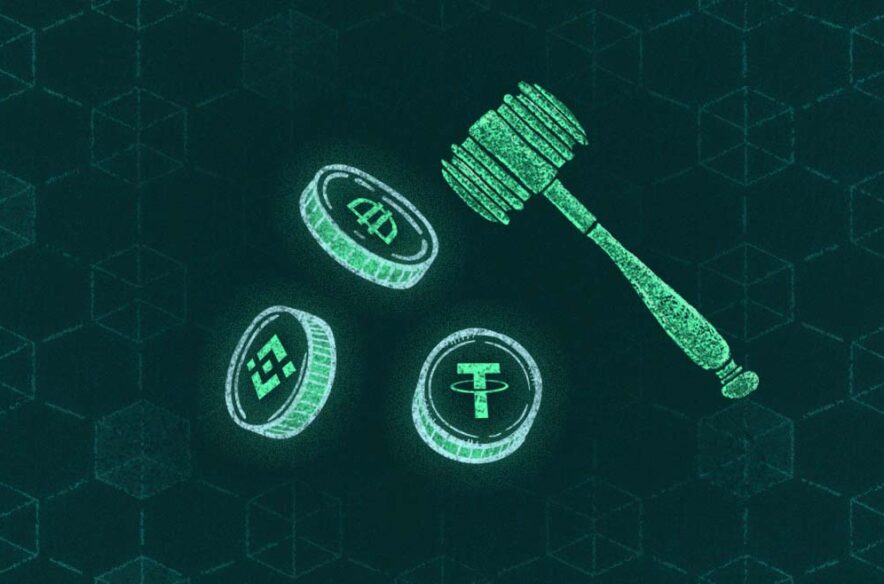Hong Kong, known for its proximity to cryptocurrencies, shared its restrictive decision, which will begin to be implemented in 2024 at the latest, in a new regulation. These altcoins will no longer find a place in the Chinese region…
Restrictive move for these altcoins from Hong Kong
The Hong Kong Monetary Authority (HKMA) has stated that it will not tolerate algorithmic stablecoins in the new regulation. Algorithmic stablecoins use another cryptocurrency to stabilize price stability. Unlike USDT or USDC, its reserves are cryptocurrencies rather than fiat. The Terra LUNA-UST crash in May 2022 showed that stablecoins of this type can fail. Regulators in Hong Kong find algorithmic stablecoins objectionable, stating that “Stablecoin holders should be able to use stablecoins on a par with the referenced fiat currency within a reasonable time.”

On January 31, the HKMA published the consultation outcome of its discussion paper on crypto and stablecoins, summarizing feedback from 58 submissions. In its brief, the regulator echoes the popular formula of a “risk-based and agile” approach necessary for the maturing crypto market. Based on the consultation process, regulations are expected in 2023/24 in the form of new legislation or amendments to existing laws. Once the regulation goes into effect, the following algorithmic stablecoins will no longer be able to operate in the Hong Kong region.
- Dai (DAI)
- Frax (FRAX)
- Ampleforth (AMPL)
- USDD (USDD) – Tron Blockchain
- USDN (USDN) – Near Protocol
“Stablecoins will not be accepted”
The new licensing process will be mandatory both for manufacturers operating directly in Hong Kong and for companies that “actively” market their products to the Hong Kong public. Key regulatory principles stress the importance of full support and decision as follows:
Stablecoins that get their value based on arbitrage or algorithm will not be accepted. Stablecoin holders should be able to use stablecoins on par with the referenced fiat currency within a reasonable time.

According to a recent report by CryptoCompare, the current market share of algorithmic stablecoins was 1.71%, while its record in April 2022 was 12.4%. cryptocoin.comWe have reported that Binance removed the warning signs for Terra UST and LUNC today.
What is an algorithmic stablecoin? How dangerous are they?
Algorithmic stablecoins provide price stability with another token. When its price rises, the token “burns”, conversely, when its price falls, it uses the cryptocurrencies it holds as reserves. These stablecoins offer fixed price just like overcollateralized stablecoins. Launched in 2013, Bitshare Blockchain was the first example of algorithmic stablecoins. In the years to come, Terra USD (UST), an algorithmic stablecoin backed by Terra (LUNA), maintained its lead throughout the 2021-22 period.
On May 9, 2022, a bank transaction at UST led to a depegging that caused the price of UST to fall. As Terra tried to restore the price, more LUNAs were printed, the supply of LUNA increased and its price fell over 90% in the process. Last year, Tron launched the USDD stablecoin with the same mechanism. There were days when USDD lost price stability during the FTX crisis in November.







